I am delighted and honoured to share the experience and advice of Grace, founder of Michigan Cantonese Storytime. Although we are living on the opposite ends of the world, I have seen and used so many of the free Cantonese materials, games, and song videos she has developed and generously shared, and have been inspired by her to teach my kid Cantonese, and in a fun way.
Grace lives in Detroit, Michigan with her husband and two gorgeous girls (age 4 and 7). Both her husband and herself are native Cantonese speakers, who are passionate about raising their children to be fluent in Cantonese, as well as helping others with raising their kids Cantonese. She founded Michigan Cantonese Storytime (MCS), the first Chinese Cantonese Storytime in Detroit, Michigan. MCS is a free weekly program for young kids with story-telling, nursery rhymes and other activities designed to for kids to fall in love with and learn Cantonese.
Here, she shares some strategies she uses to create a Cantonese rich environment for her children
Speaking Cantonese consistently at home
My husband and I are both native Cantonese speakers, and we encourage our girls to only speak only Cantonese at home. After they started going to school, they have tried several times to speak English to us, but my husband and I still insist they speak only Cantonese at home.
To reinforce Cantonese at home, this is what we do when they speak English to us – we would ask them what it means in Cantonese, and this would prompt them to rephrase it in Cantonese. Sometimes, my elder daughter will say an English word, and then ask me for the Cantonese translation.
In addition, we teach them about Hong Kong culture. For example, the food you can order at 茶餐廳, dim sum restaurant, the places and the transportation. Each time we visit to Hong Kong, we will buy a couple of Hong Kong related books, so that they can remember the things they see in Hong Kong, places they been visit in Hong Kong.
Cantonese learning activities at home
Music
We play many cute and catchy Cantonese kid songs at home, and because my daughters listen these songs daily, they become familiar with these songs and love to sing along.
Here are some of their favourite songs:
This is an action song, and they just love to do all these movements with the song.
天晴童謠”點心歌 by 天晴童謠 Sunshine Nursery Rhyme
Cantonese games and craft
Games are also a great way for children to learn Cantonese in a fun way. Here are some examples:
Snake and Ladder Game
Roll the Dice and Find the Number Game
For more ideas on games and craft, check out Michigan Cantonese Playgroup’s collection of games and craft.
Teaching words recognition
When my girls were little, I bought Chinese flash cards to teach them Cantonese. I had also bought many Practice Chinese writing books for my daughters. I use these books as well as flash cards to teach them, so they can remember these words.

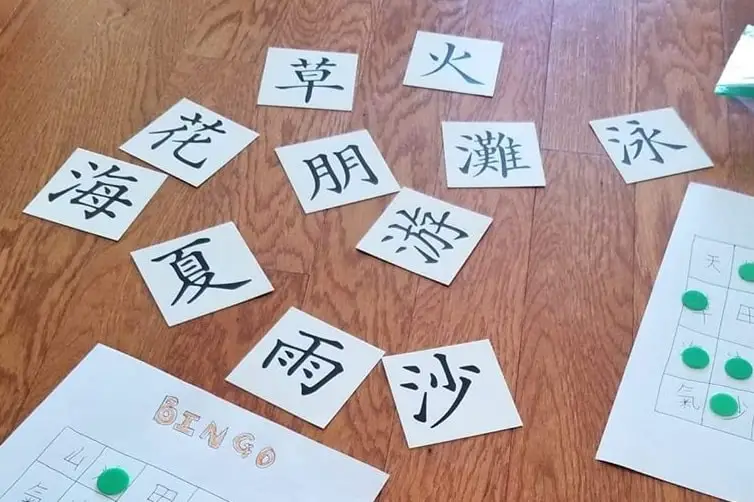
Storytelling and Reading
When I read them stories, I would usually tell them the story in Colloquial Cantonese. Recently, I have also started reading the words one by one (朗讀). When I see the words that I know the girls recognize, I will ask them to say the words out loud. After I finished the reading the whole page of words, I will go back to that page tell them the story in Colloquial Cantonese. (Storytelling style 講故事).
Teaching reading and writing
When my elder daughter turned one, I realized that after I had taught her some of the Chinese characters in the story book, she would remember the words, so I started to teach her more and more characters. When she was 3, I bought a Chinese-English Children’s Dictionary from Hong Kong, and started teaching her how to use dictionary and to write Chinese, using the dictionary.
Now at 7yo, she is still practicing writing Chinese words every other day, and writing English on the other day. She knows the English words as she learns them in school, and she would then use her dictionary and find the Chinese translation, and then she will write it in Chinese.
When she sees some of the words which do not sound like Cantonese, and she would also ask for the Colloquial Cantonese phrase for it. For example, the word chocolate, is translated to the 巧克力 in the dictionary as the dictionary is in Standard Chinese. My daughter would then ask me how to write it in Cantonese 朱古力, I would demonstrate it for her to follow.
Here are some examples of English Chinese dictionaries for children:
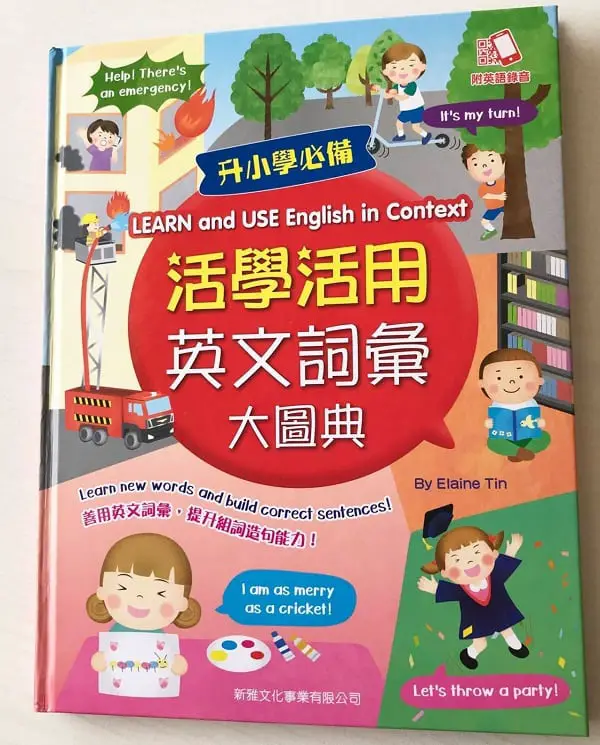
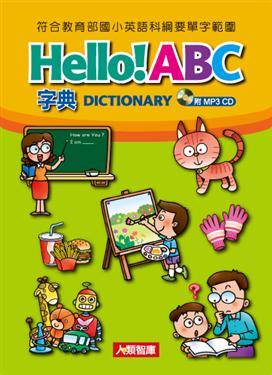

Starting a Cantonese Storytime or Playgroup
When there is no Cantonese Playgroup around, start one!
When my elder daughter turned 1 year old, we went to our local library for (English) Storytime, and I thought to myself how nice it would be if there were also a Cantonese Storytime for kids to learn Cantonese and for the moms to have a chance to meet other moms with similar Cantonese background. But it was not until after my 2nd daughter was 1 year old, that I had the opportunity to start a Cantonese Storytime. At that time, I met another mom at church with 2 girls with similar ages as mine), so I shared with her this idea, and she said sound fun (now, she also tells stories at Storytime). With this encouragement, I shared my idea with another sister from church, who told the pastor, and that’s how our Cantonese Storytime started 3 years ago.
Music
I’m very happy that the kids are learning Cantonese from the songs we taught them. Songs are a fun way to make language stick. After every storytime, I will post all the YouTube link of the songs that we sing during the Storytime in our Facebook private group, so that the parents can play the songs at home and let the kids listen to and enjoy the songs again. This also helps the kids become more familiar with the songs, and with Cantonese.
Reading
When I have decided on the theme, I will look for relevant books at home (ideally Chinese Books). If I do not have related Chinese books, I will borrow an English book from the local library, but we will tell the stories in Cantonese. Each time, I will take pictures of each pages of the books to create PowerPoint slides, so during the story time, the kids can look at either books & the slides.
Themed Storytime
If you are organising a playgroup, I highly recommend going with a theme or topic. This makes it easier for kids to focus and learn everything about this topic during the Storytime. Otherwise, if you have many different topics to explore during a 1.5 hour story time session, kids may get confused, and as a result, may not learn as much.
Here’s an example of how I would work on a theme。
Theme: Food.
Books and Songs – I found three books/ stories related to food, and songs about the topic in the book.
Story 1: A book about Dim Sum – Dim Sum For Everyone! By Grace Lin
Song: 天晴童謠”點心歌 by 天晴童謠 Sunshine Nursery Rhyme
Story 2: A Story About Not Wasting Food: 半碗飯和一袋米 Half a Bowl of Rice and a Bag of Rice
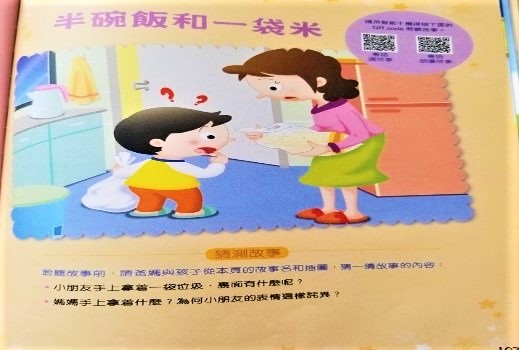
Song: 謝飯歌 by Springy Music約動音樂教室
Story 3: A book about Vegetables: I Don’t Like To Eat Broccoli 我不喜歡吃花椰菜
Song: 蔬菜好味道 by 嘉芙姐姐
Game: Bingo Dim Sum game – we played this game after storytime, and it was a hit!
Extend the learning with Chinese practice sheets
I would also make Chinese practice sheets related to the topic or theme and post them on our Facebook page. The parents have the option of printing them out to teach their kids should they wish to.
I would encourage those who are unable to find any Cantonese activities in their area to start their own playgroups and storytime to bring together Cantonese families and create a fun environment for the kids to speak and learn Cantonese and create lifelong friendships.
Many thanks to Grace for sharing her journey. She has given us some wonderful strategies. You can see how with consistency and creating fun hands-on activities, she has created a Cantonese rich and fun environment that helps her children and other children learn and fall in love with Cantonese. This is not an easy task in an English dominated environment. It requires dedication and commitment too. I hope her tips will also help you too. If you would like to continue to receive her tips as well as her fun Cantonese materials which include games, worksheets etc, please follow Michigan Cantonese Storytime on Facebook or other social media channels. The Michigan Cantonese Storytime channel on YouTube also contains an extensive playlists of Cantonese songs and stories.


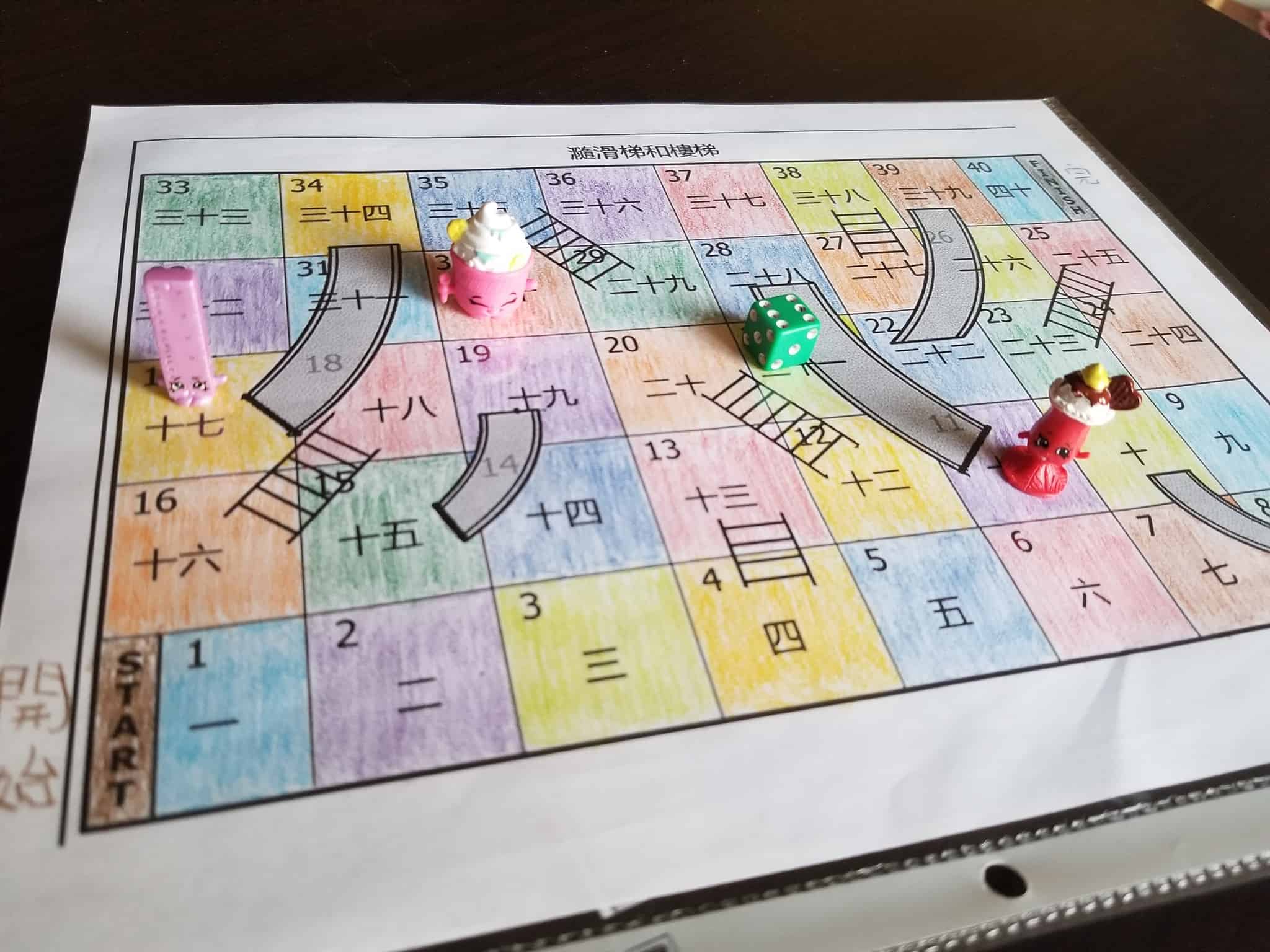

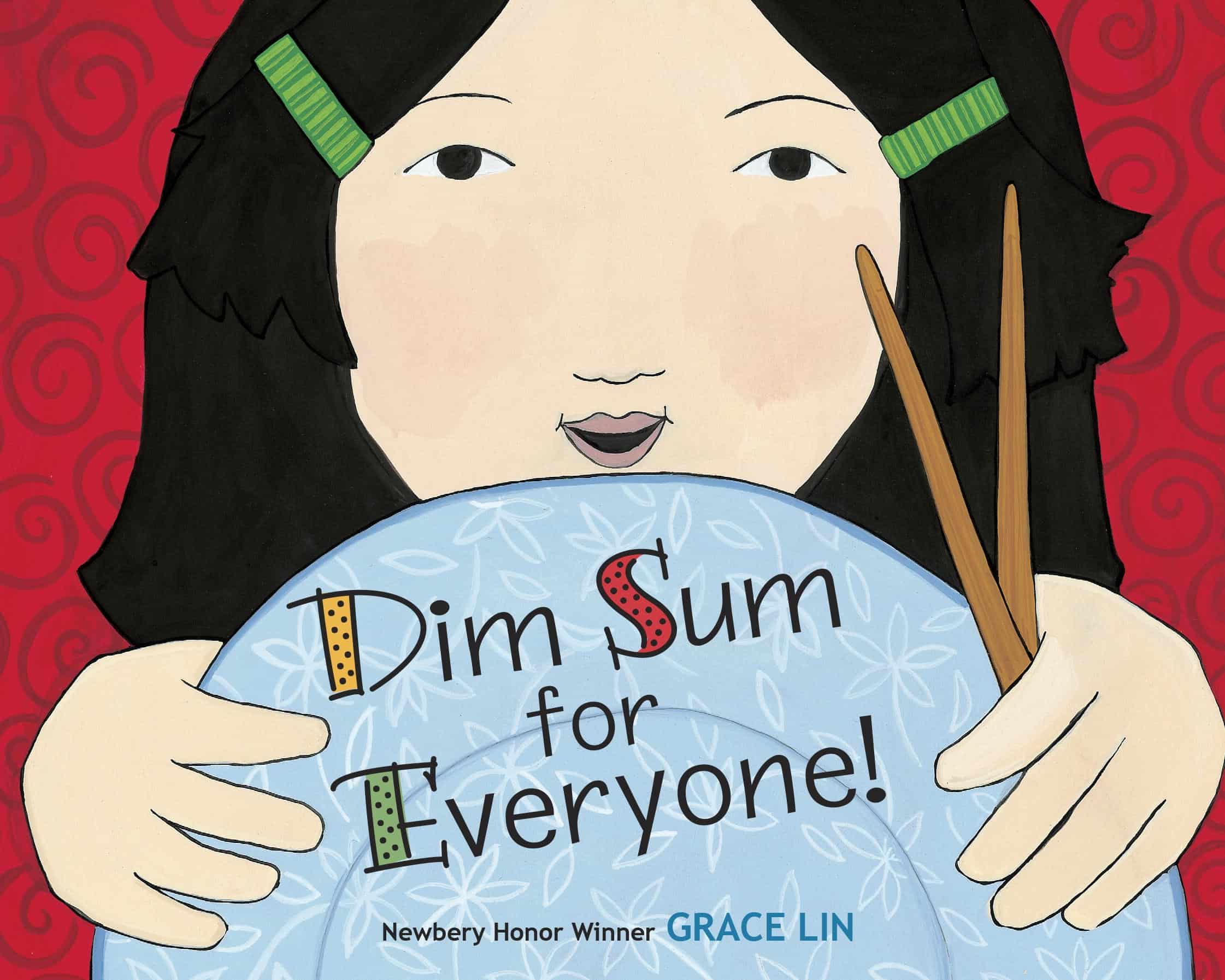
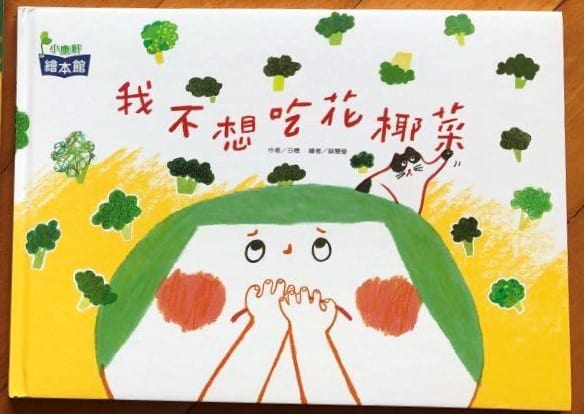


We are raising our 2 year old in Singapore right now. He gets mandarin at school but I really want t make sure he has some basic Cantonese so have been toying with starting a Cantonese playgroup with a few friends. This is an incredibly helpful post and I feel much more confident about going on with planning and trialing a playgroup! Thank you!
Hi Tianne,
Thanks for sharing. I am so encouraged by your story, and excited that to hear you are setting up a Cantonese playgroup in Singapore. I am sure it will be a great success, and so helpful for the children to pick up some Cantonese. It is certainly easier to learn it at that age. All the best!